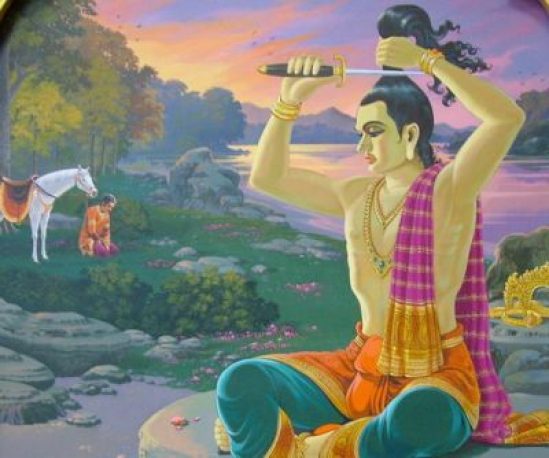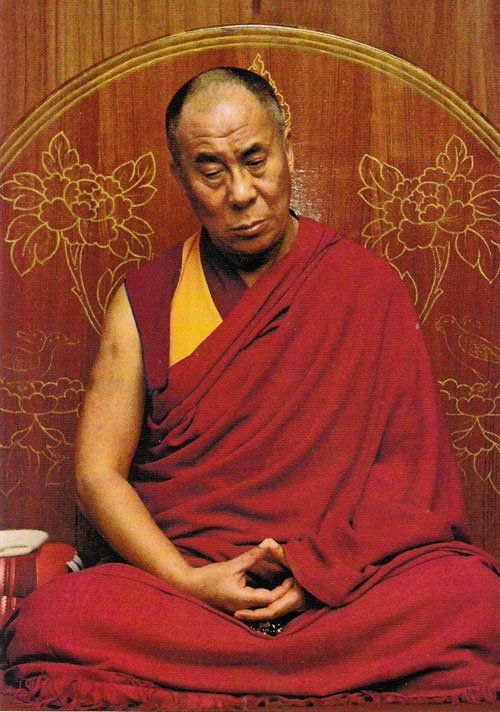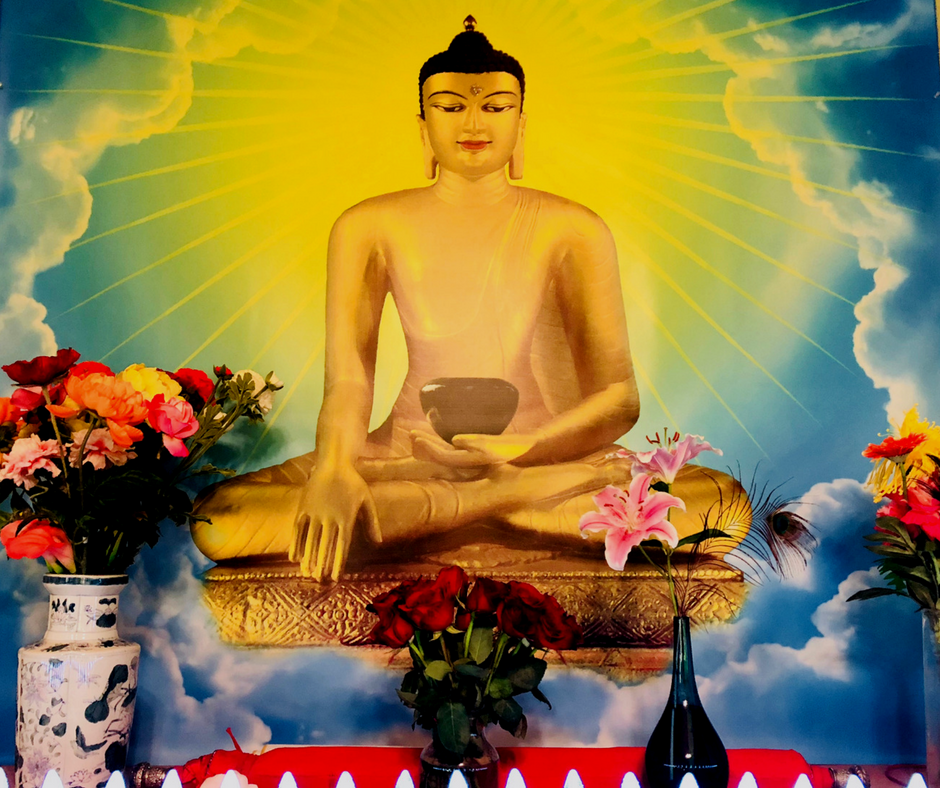In case you missed in person, here’s the essence of some of the most recent Dharma teachings from Venerable Geshe Phelgye:
Essence of recent teachings:
Journaled by Malia Yangzom
Four Noble Truths of Buddhism
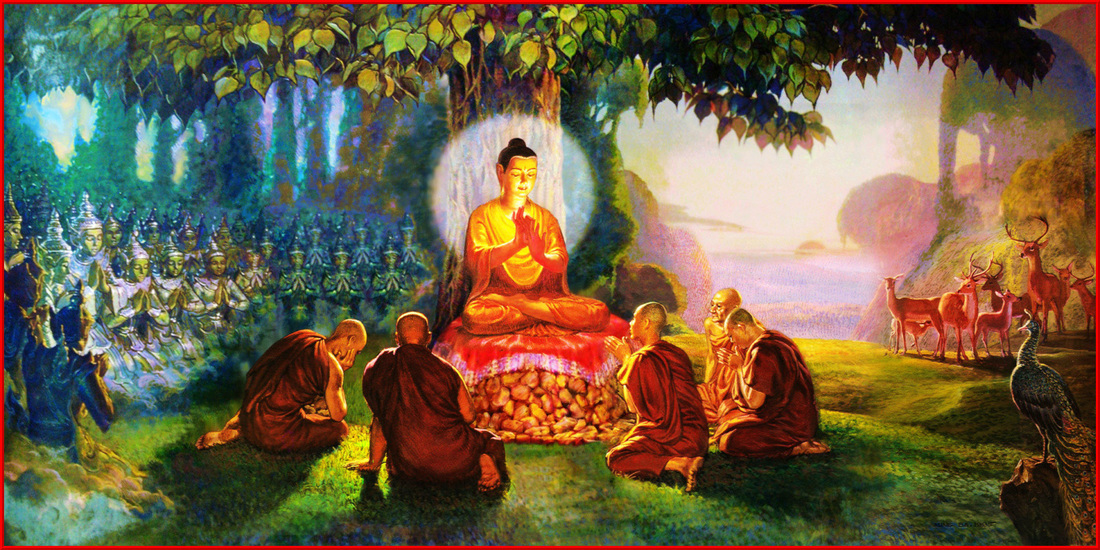
In the Four Noble Truths, Buddha talked about the importance of understanding suffering, the causes of suffering, the possibility of liberation from the suffering, the possibility of Nirvana and the path: the way to Nirvana, the method, the Dharma. Suffering comes about from causes and conditions that we have accumulated in the past due to our ignorance, attachment and aversion. Both attachment and aversion stem from ignorance. Ignorance blinds us from seeing the truth.
The term Dharma is translated in Tibetan as “Cho,” Cho meaning transformation or change, changing ourselves from negative to positive, changing our ignorance to insight and wisdom, that brings us to cessation. However, in the Mahayana tradition, our ultimate goal is to achieve Buddhahood, the fully enlightened state, so we can help infinite sentient beings. When you genuinely think about the wellbeing of all sentient beings, selfish-concern and its anxiety disappears.
Eightfold Noble Path
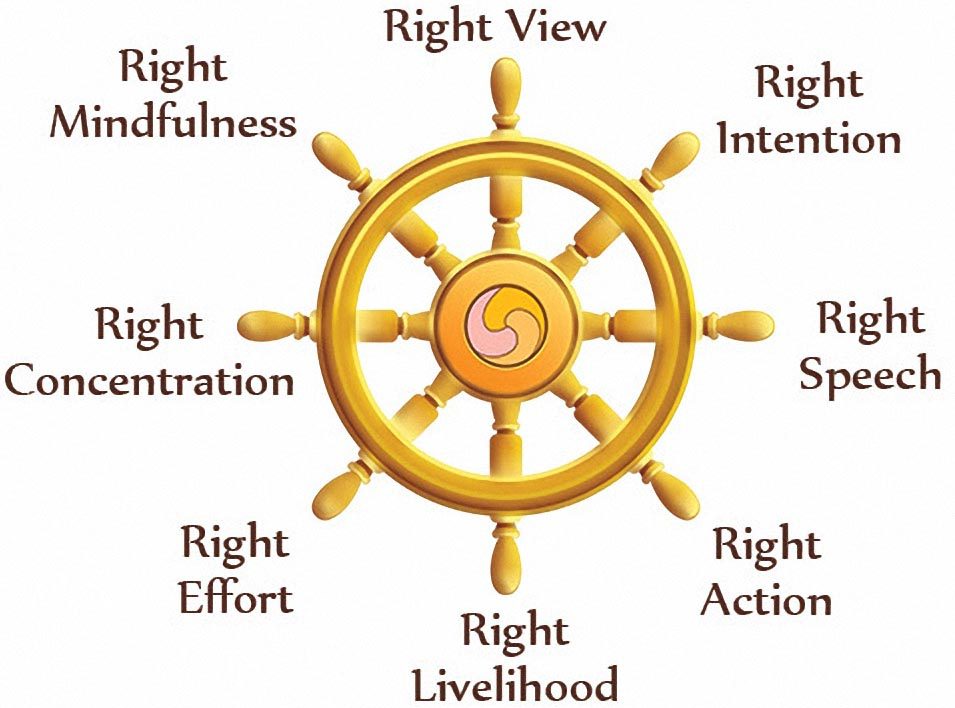
How do we evaluate what is right view from the concept of righteousness? If our thoughts and actions, or our view, are righteous or not? The scriptural definition of right view reads: “discerning the meaning of the Four Noble Truths through proper analytical and contemplative means.” There are two sets of causes and conditions in the Four Noble Truths. One set is negative, that is suffering and its causes. The other set is from the positive, cessation and the path to cessation. That karma of causality, the practice of virtues and non-virtues, very much depends on our intention.
In the beginning of the Dhammapada, Buddha says, “the mind is everything,” which means our intention, our motivation, is the key thing. Sometimes in spite of an absolutely compassionate intention, an action may not seem compassionate. In ancient monastic culture, the teachers, the discipliners, even the seniors, would punish you with whips if you broke rules or didn’t study or practice the way you were supposed to, but their intention was to train you to be a better person, that is, acting out of love and care. Another example might be putting your small child in the corner and not speaking with them for a period of time to help them learn a lesson.
Real abuse comes out of hatred, not out of love and care. Abuse isn’t just physical and verbal–if you’re angry with someone and do not speak with them for a period of time, that pain is mental abuse. There are various levels and types of abuse: physical, verbal and mental. The pain from a physical blow will go away quickly; however, the hit from a strong word, a verbal hit, doesn’t go away so easy.
Noble Eightfold Path
The Noble Eightfold Path consists of: right view, right intention, right speech, right action, right livelihood, right effort, right mindfulness and right concentration. “Right“ here means righteousness, virtue, the extraordinary eightfold path. The “Eightfold Righteous Path” would be the correct translation, Righteousness meaning the quality of being morally right or justifiable.
Guru Devotion

As you learn, your reliance, your trust in the Buddha’s teaching grows deeper and deeper, and that is what we call awakening faith. However, if faith is not supported by rational understanding and wisdom, that is called blind faith. That kind of faith can be shaken at any time by a good storyteller. Furthermore, blind faith can cause big problems as well.
Buddha Shakyamuni worked hard and sacrificed all his self-concerns for all sentient beings. His purpose was what he achieved: enlightenment. That enlightenment brought the true teaching, “the Dharma,” that is why Buddha is precious to us. He is the first refuge. However, we were not fortunate enough to hear from Buddha himself when he came to the world. We have a human life right now, and we get the same Dharma teachings from our Guru. Our Guru is playing the same role as Buddha did during his lifetime. That is why the root of the gradual path to enlightenment called “Lam Rim” is Guru Devotion.
The Ego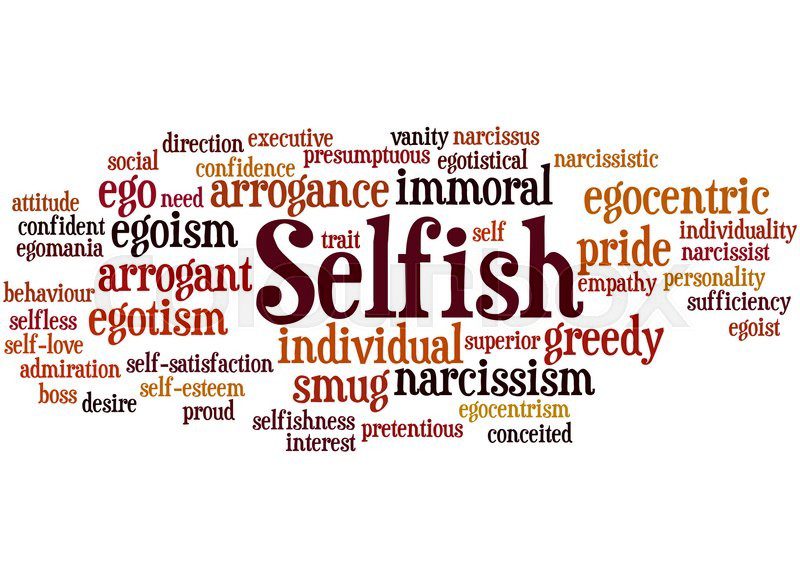
Today Geshe-la asked us why Buddha Shakyamuni (who was at the time a Bodhisattva) took the hardship of an extreme ascetic practice and sat under the Bodhi tree for six years, eating only a grain of rice per day? Geshe-la also asked us to look within to see what are we missing from our practice if we are not making the transformation we desire? Why do we remain unhappy, inpatient? We often don’t recognize how selfish or self-centered we truly are. Our ego is the main poison that makes us impatient, intolerant, and vulnerable, and ego comes from our fundamental ignorance. Because of ego, we become very protective and defensive of ourselves. For example, if you run in to a life threatening robbery, you will give away everything to spare your life. That is the amount of attachment we have with our life, and our body is what holds this life. That is why we carry so much fear and attachment, and that is the fundamental thing that is holding us in samsara. Buddha, in taking ascetic hardships, fighting against that attachment, achieved victory over samsara.
Yes, there are many challenges in our life, many challenges on our path, but if you really trace suffering down to the root, it stems from attachment, and that is due to our fundamental ignorance. Due to that ignorance, we carry too much ego. Therefore you have to recognize this ego; the ego is your worst enemy. (ego here referring to self-importance)
It is important to recognize the difference between your ego and your self-confidence. The ego arises from ignorance, and self-confidence arises from the Buddha nature-your pure nature, the potential.
Renunciation
The first step on Buddha’s path is renunciation; this is why Buddha taught about the Four Noble Truths, introducing suffering and its causes. Achieving renunciation depends on meeting the true Dharma- the teaching of Buddha.
What happens to us after we die? Are we like a candle flame that ends when the wind blows it out? It’s important to realize that our journey continues. That’s the difference between a simple form and a sentient being. Your soul reincarnates into a different life, depending on your karma. That is the cycle of death and birth-we go into different realms based on the karma we create. That is why we need to renounce mundane pleasure distractions as much as we can and seek liberation for a lasting happiness.
People pursue mundane pleasures for the time being but anxiety and dissatisfaction remains; therefore, so long as you are experiencing some level of suffering, that means you still have work to do.
If you are inspired to learn, be serious, think critically to yourself, and try to live what we’ve learned–that is the practice. There’s no limit to learning, practicing and meditating until you achieve Buddhahood. The important thing to realize is that it is doable. Once you realize that, you develop a true enthusiasm for the path.
Cultivating Bodhicitta
We must look within ourselves to see where we are cultivating bodhicitta. What areas do we need to pay more attention to? Where are we lacking in that process? Do not hesitate to ask questions. An important note; when developing compassion and bodhicitta, sentient beings are not less important than Buddha himself. Buddha shows us the path, but sentient beings are the ones with which we practice our compassion and develop the precious bodhicitta. That’s how we achieve this special experience, the special realization of bodhicitta.
We have two ways of achieving bodhicitta; the first is Atisha’s way of taking six steps and then getting to bodhicitta, seven cause and effect steps that results in bodhicitta. The other way is through Shantideva’s practice of exchanging yourself and others. Either way, the only way to achieve this state is with other sentient beings. Our goal is to look at the most suffering sentient beings. Ask, “how can I ease their sufferings?” You may not experience a strong and moving compassion each time you sit, read or go for a teaching, but there are times you can experience powerful realizations and that’s how transformation begins. Otherwise, if learning the Dharma just goes on as academic information, you may have lot of information but no transformation will occur; a pursuit of only knowledge may cause your attitude and ego to grow stronger, and that’s like turning medicine into poison. The purpose of Dharma practice is to subdue our ego and arrogance, and turn that into humility and compassion.
As a Buddhist practitioner, we carry all these wonderful goals in our path, but do not forget, the path and practice begins from renunciation. And renunciation can only occur when you realize the suffering of life and samsara. Without a strong renunciation, even Nirvana, the cessation, is not possible, so work on renunciation first.
February 11, 2018
On the Mahayana path, when trying to achieve or cultivate bodhicitta, there are two key things: the goal and the purpose. The goal is to achieve Buddha-hood, the state of omniscience, and the purpose is to help all suffering sentient beings. This is a huge task, but it is not impossible. As Buddhist ourselves on this path, particularly in the Mahayana tradition, our main focus is trying to transform ourselves towards the path of the Bodhisattva, and the only way to do that is to develop a genuine compassion and wisdom.
However, to develop such a compassion towards all beings is not that simple for us with our selfish attitudes. It takes really feeling the suffering of others, to feel the suffering of the other realms; there’s unthinkable sufferings out there. Once you start feeling for the big picture, personal issues become very small. The truth is that it is unbearable to witness anybody in pain, and this shows our natural seed of compassion within. We just have to cultivate that seed further.
What Makes Buddha Special?
Today Geshe-la read from our essays on “Why Buddha, Why Buddhism.” All religions teach us about love and compassion, which is why they all have millions of followers; however, as the object of love and compassion, Buddhism covers all sentient beings from human to animals, from beings in the water to tiny bugs in the ground and air. To really “get” Buddhism, it’s essential to have a teacher who cares about your learning and growth, not just one who smiles and praises you. The smiles and praise make you feel good, but these won’t take you to the quality of learning and transformation you are aiming to achieve; it is important to have someone point at our mistakes so we can correct them.
Geshe-la said, “The essays from senior students on “Why Buddha/Why Buddhism?” are wonderful, describing overall qualities and legacies of the Buddha, thank you.” But among all those qualities, one thing that makes Buddha extraordinary compared with all others is the teaching of interdependence, dependent origination: relativity and the law of causality.
Who is Buddha? What is Buddhism?
Will Buddha or the deities take care of your problems or do your job if you just pray to them? Is Buddha like the concept of God? Buddha never claimed any such thing. The purpose of Dharma is to transform yourself, first by taking the teachings inward, embracing them with your heart, and applying them in daily life.
In fact, Buddha taught the nature of causality, interdependence as the truth of origination of all. Buddha addressed the reality of how we are responsible for our own actions and there results (karma) and Buddha pointed out our own potential to achieve ultimate happiness, which takes wisdom, compassion, faith and hard work. When situations are nice, practice is easy. The real challenge is when things are difficult. One of the main challenges we see today, even for those in the Buddhist path, is materialism. For some, Dharma is merely academic information, perhaps turning the Dharma into a profession to make a living, while others to seek the mundane to feel good or for comfort.
Geshe-la gave Jesus as an example- did Jesus choose the easy and comfortable way without challenge? His life was about love and altruism; that is why people believe in him. We have the same potential: if we believe in ourselves and try to cultivate Bodhicitta, it will become more and more familiar, and after a while you become that person”“you no longer have to work for that thought any more. Once you genuinely reach that status, you become a Bodhisattva”“you achieve Bodhicitta. You live for others, it’s no longer “me, me, any more.”
Etiquette When Visiting a Buddhist Temple
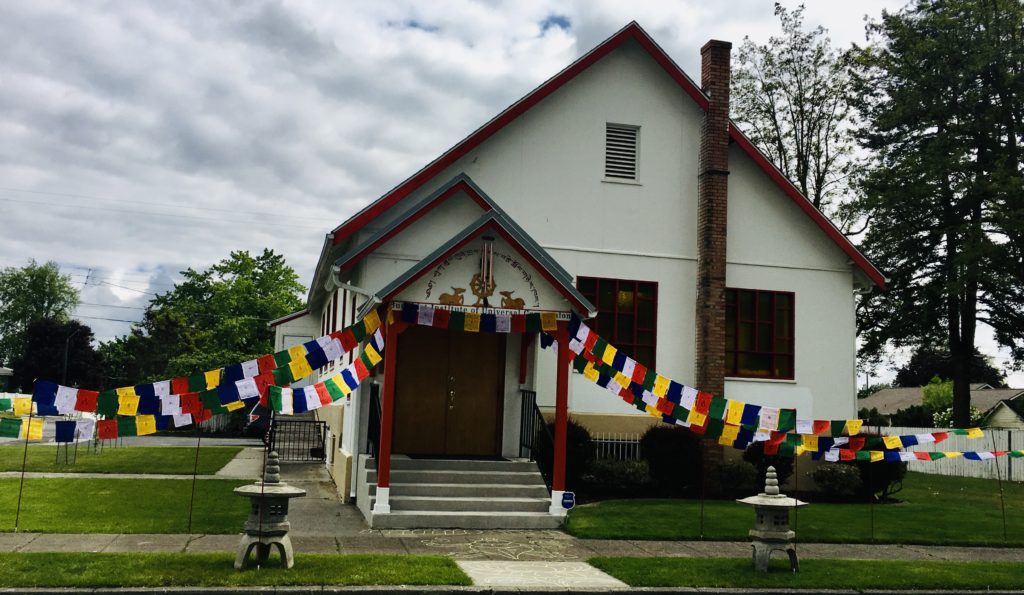
Geshe-la discussed the importance of proper behavior and etiquette when visiting a temple. First, it is always important to arrive early. In Buddhist culture, when you enter a temple, one offers three prostrations as gesture of respect and refuge in the three jewels. Next, enter the shrine area and walk clockwise around the outside, paying homage to the Buddhas, Bodhisattvas and Deities at the altar by bowing your head.
We are never to disrespect Buddha’s words or image by placing them on the ground or walking over or by putting another object over them. Should you see such an image or scriptures that has fallen on the floor, it’s important to pick them up, honor them by touching them to the crown of your head and put them up in a safe place.
Why Buddha? Why Buddhism?
To find true and lasting happiness, we need to get to the root of problems and subdue them. Buddhism teaches us how. Geshe-la says no matter how long we are in Dharma, we may feel like we know a lot, but there is still so much left to learn and work on. We must continue to dig deeper using our best intelligence and put effort into subduing our negativity until we are able to uproot the causes of suffering. Obtaining Buddhahood may not be simple, but it is certainly achievable, as it was for Prince Siddhartha. Attaining enlightenment takes devotion, learning, living the learning, and persistence, maybe for many lifetimes, but eventually we will succeed, because when causes are earned fully, the result is obvious. Geshe-la urges us to study and meditate on the profundity of the teaching of interdependence. Everything that we do has consequences sooner or later; this is the law of karma.
Also, faith and belief can be powerful but can be dangerous if your belief is irrational; ISIS believes in beheading people following their beliefs. Therefore, irrational faith alone can be dangerous.
Geshe-la assigned senior Sangha members an essay to submit on “Why Buddha, Why Buddhism?” to see how many of these concepts we have learned so far.

